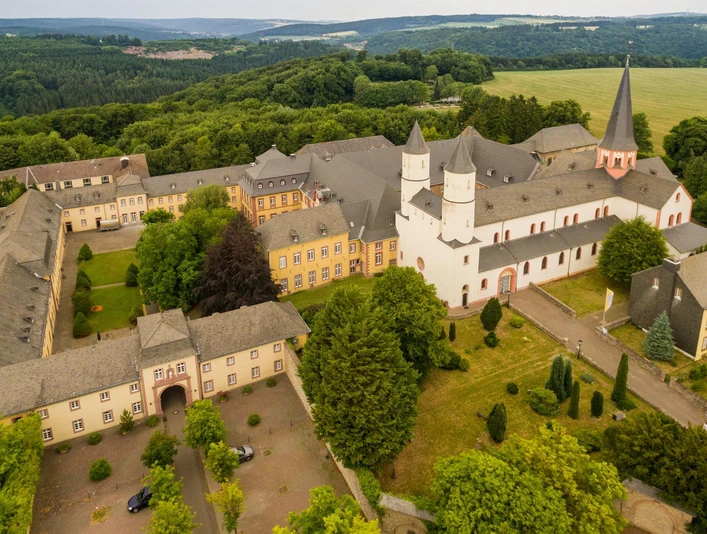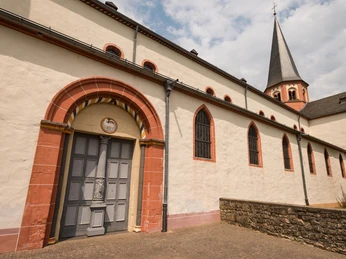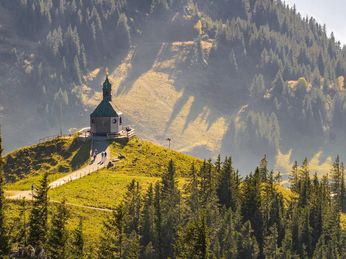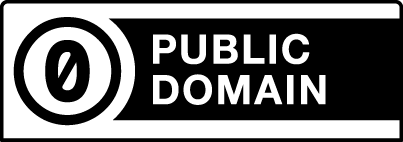Visit the Steinfeld Monastery with its three characteristic towers. Its origins date back to the time of Henry I (919 - 936). The basilica attached to the monastery was built between 1142 and 1150 as one of the earliest vaulted churches in Germany by the Premonstratensians.
Inside, the late Gothic ceiling paintings by the artist Hubert of Aachen and a rich Baroque interior have been preserved. The basilica is world-famous for its unique King organ from 1727 as well as the mortal remains of Saint Hermann Joseph. Today, pilgrims place apples on his sarcophagus. After the secularization in 1802, the Steinfeld Monastery served secular purposes until it was taken over by the Order of Salvatorians in 1923. Today, you will find the Academy Kloster Steinfeld there, an educational and guest house, as well as a high school.
The basilica has been separate from the monastery since 1802 and has since served as the parish church of the parish of St. Potentinus.
The monastery is considered one of the best-preserved monastic architectural monuments in the Rhineland and is located directly on the Eifelsteig hiking trail. Explore the monastery complex or relax in the centuries-old monastery garden with its natural dome and walkable labyrinth. The four-star guesthouse invites you to stay longer.
Inside, the late Gothic ceiling paintings by the artist Hubert of Aachen and a rich Baroque interior have been preserved. The basilica is world-famous for its unique King organ from 1727 as well as the mortal remains of Saint Hermann Joseph. Today, pilgrims place apples on his sarcophagus. After the secularization in 1802, the Steinfeld Monastery served secular purposes until it was taken over by the Order of Salvatorians in 1923. Today, you will find the Academy Kloster Steinfeld there, an educational and guest house, as well as a high school.
The basilica has been separate from the monastery since 1802 and has since served as the parish church of the parish of St. Potentinus.
The monastery is considered one of the best-preserved monastic architectural monuments in the Rhineland and is located directly on the Eifelsteig hiking trail. Explore the monastery complex or relax in the centuries-old monastery garden with its natural dome and walkable labyrinth. The four-star guesthouse invites you to stay longer.
Nearby






